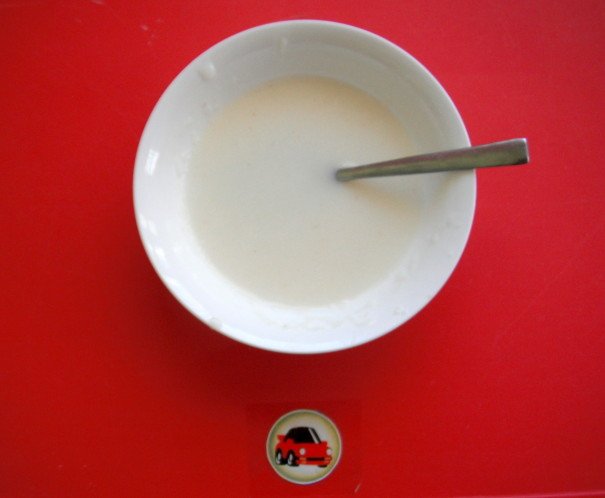
Morning Fuel in Mongolia

Morning Fuel in Mongolia
Kash in Mongolia
Joining the ranks of privileged Mongolian families (and exhausted parents looking for a breather), we’ve started sending our two-year-old daughter to Tsoglog Jaaluud Tsetserleg (Glorious Kids Kindergarten), a private daycare in Darkhan, Mongolia’s third largest city.
The tsetserleg occupies three renovated apartments on the first floor of a Soviet-era apartment block. For about 105 USD a month, from Monday through Friday, parents can drop off their children (ages nine months to three years) at 8 a.m. and gather them up again at the end of the work day. The kids get fed three meals and a snack, practice calisthenics, dabble in peer pressure potty training, learn beloved Mongolian kids songs about candy, and engage in no-fail arts and crafts projects.
Each morning, we get our daughter up by 8:30, brush her teeth, get her dressed, hand her a sippy cup of aarts (a Mongolian yogurt drink), and plop her in front of the TV for a badly synched Mongolian dub of a Korean cartoon favorite, “Robo Police,” so that she’ll sit still while I get her hair presentable. Then we get her layered up in a snowsuit to brave the -20 C temperatures outside and rush to make it to the tsetsertleg by 9:20, when a breakfast of kash is served.
Kash is a mix of semolina cereal boiled with water and milk and topped butter and sugar. Some add jam or wild berries picked during the summer. In the cold seasons, kompot (canned fruit) does the trick. But even with all the bibs in the world and daily laundering, toddlers and staining juices are a bad combination, so daycare teachers dish out bowls of the plain variety.
Kash goes down easily, cooks in minutes, and fills bellies: all excellent qualities for feeding a dozen of picky toddlers. The childhood staple was inherited from Mongolia’s northern neighbors, a variation on Russian kasha typically made of buckwheat. It’s a comfort food, above all, and brings most Mongolians memories of childhood, uniformed school days and home. It’s often the first solid food fed to babies. It’s also food easily prepared by older children to feed themselves or younger siblings when parents leave children at home alone.
At ten minutes to 5:00, after the kids get a snack of tarag (very lightly sweetened yogurt), we head to the tsetserleg to pick up our daughter. In the cubby room, I slip her out of her felt slippers, slide her back into her snowsuit, and shove her feet back into her moon boots to march through the snow outside to catch our ride home.